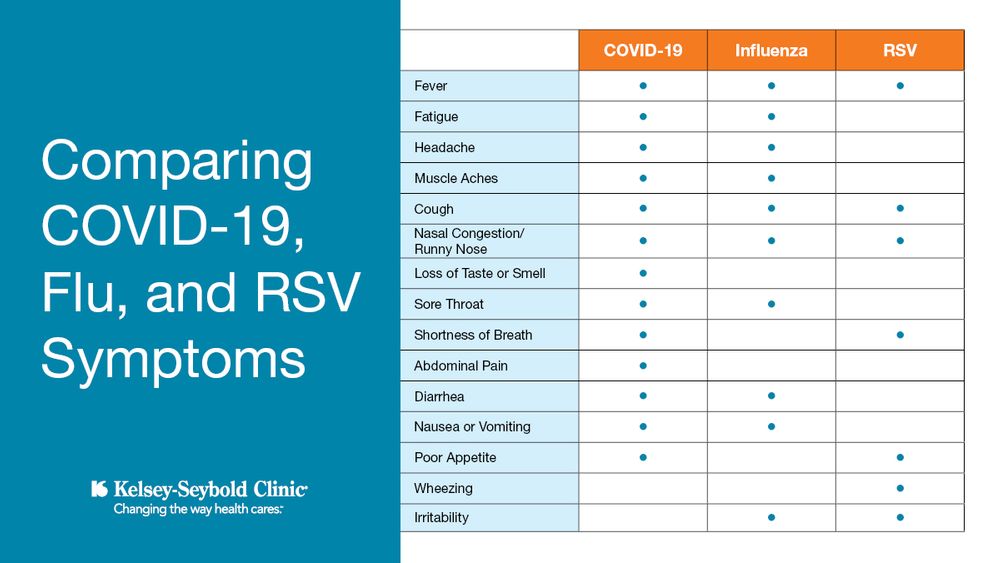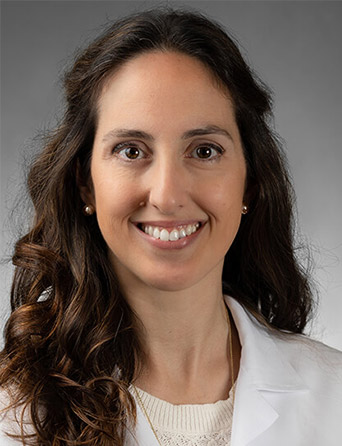Join Our eNewsletter!
Subscribe to our monthly newsletter to receive encouraging advice to help you lead a healthy lifestyle.
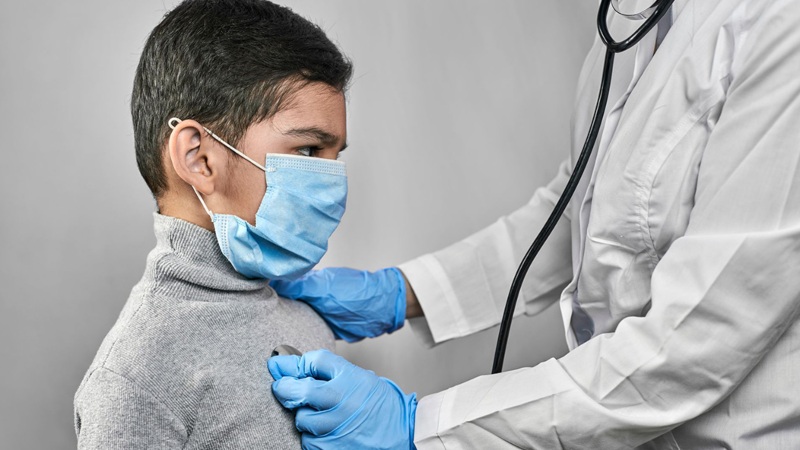
Comparing COVID-19, Flu & RSV in Kids
By Sara Zarzoso-Fernandez, M.D.
Anytime your child isn’t feeling well it can be worrisome, but this is especially true during the COVID-19 pandemic. It’s natural for parents to be concerned when their kids show signs of a respiratory illness. Knowing the difference between coronavirus, influenza, and RSV can help you decide when to seek medical treatment and how to care for your child. Typically, RSV and influenza “seasons” are from late fall until early spring.
COVID-19 in Children
According to the Centers for Disease Control and Prevention (CDC), only 7.3% of all COVID-19 cases in the U.S. have been among children, and hospitalization rates of children are significantly lower than that of adults. One reason for this may be that most children have been at home and not in school since the start of the pandemic in March, but it is promising that among those children who do contract novel coronavirus, the severity typically is much less than in adults.
The incubation period of COVID-19 appears to be about the same for children as in adults, at two to 14 days, with an average of six days.
Children infected with coronavirus may have many symptoms, only have a few symptoms (such as only upper respiratory symptoms or only gastrointestinal symptoms), or be asymptomatic. The most common symptoms in children are cough and fever.
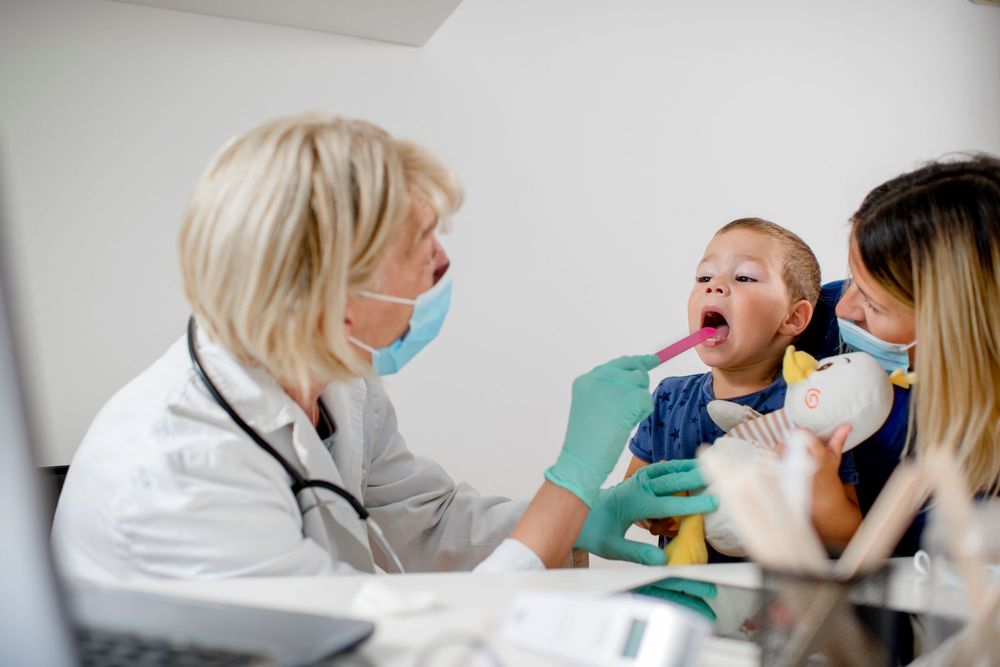
Influenza in Children
The flu is more dangerous than the common cold for children. Millions of children contract the flu each year, and thousands are hospitalized with it. It’s best to seek medical care for any child showing flu symptoms, but this is particularly important for children under 5 years old. Flu-related hospitalizations for kids under 5 have ranged from 7,000 to 26,000 each year since 2010.
For most children, the flu runs its course in about a week, but in some cases the child develops serious symptoms that require emergency care. These can include:
- Bluish lips or face
- Trouble breathing or rapid breathing
- Chest pain
- Severe muscle pain
- Dehydration
- Not as alert or active as usual
- Seizures
- Fever over 104 F
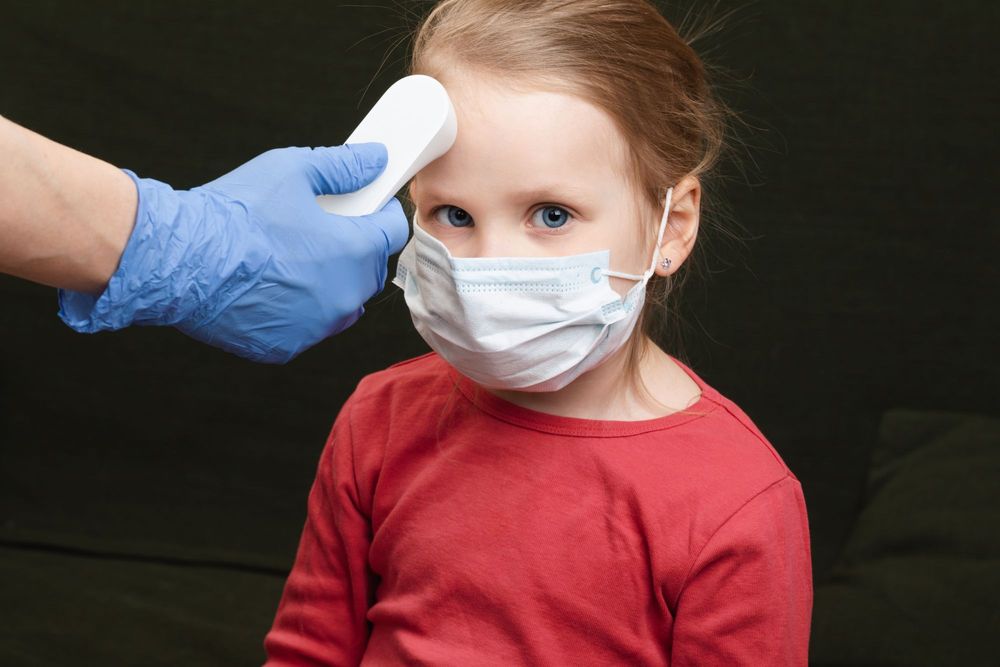
RSV in Children
Respiratory Syncytial Virus (RSV) is common among infants and young children, with nearly every child infected by age 2, although most cases are mild. Some children who are more susceptible to becoming seriously ill from RSV include:
- Infants 6 months or younger
- Infants born prematurely
- Children under 2 with chronic lung or heart disease
- Children with a compromised immune system
- Children who have difficulty swallowing
In most of the serious cases, RSV has led to bronchiolitis or pneumonia. Because it can turn serious quickly, call your doctor if your child:
- Is less than 6 months old and has a runny nose, fever, and cough
- Has a fever of 100.4 F under 6 months old or over 104 F at any age
- Is wheezing or breathing rapidly
- Has loss of appetite or thirst
- Isn't as alert or active as usual
- Has less than one wet diaper every 8 hours, a sign of dehydration
Of course, the best way to prevent influenza in children is to get a flu shot every season. Ideally, you should have your child vaccinated by the end of October.
Comparing Symptoms


